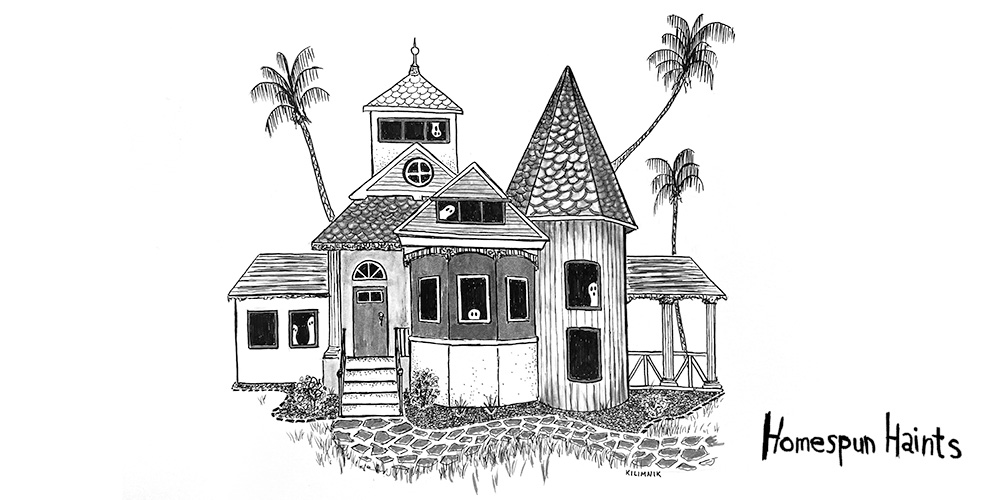Why do ghosts hang out in corners?

Running across almost all cultures is a deeply rooted notion that ghosts exist in a state of physical suspension. And this state of physical suspension may be why corners are so alluring for this particular variety of undead.
The Angry Ghosts

Recorded in a haunted office, this episode tells the story of a young woman whose friend lives in a house filled with antagonistic spirits.
The Evil Apartment in Los Angeles

What was the evil that a little boy encountered in his Los Angeles home? And would he ever feel comfortable in his home again?
There’s An Extra Person In This Room

Stacey has encountered both beautiful visits from her late brother, and chilling interactions with something far more sinister.
The Creepy Chicago Carriage House with the Death Door

Can ghosts be felt, and not heard? At what point must you stop telling yourself you’re just imagining things, and face the hard truth that you’re not alone in your home?
